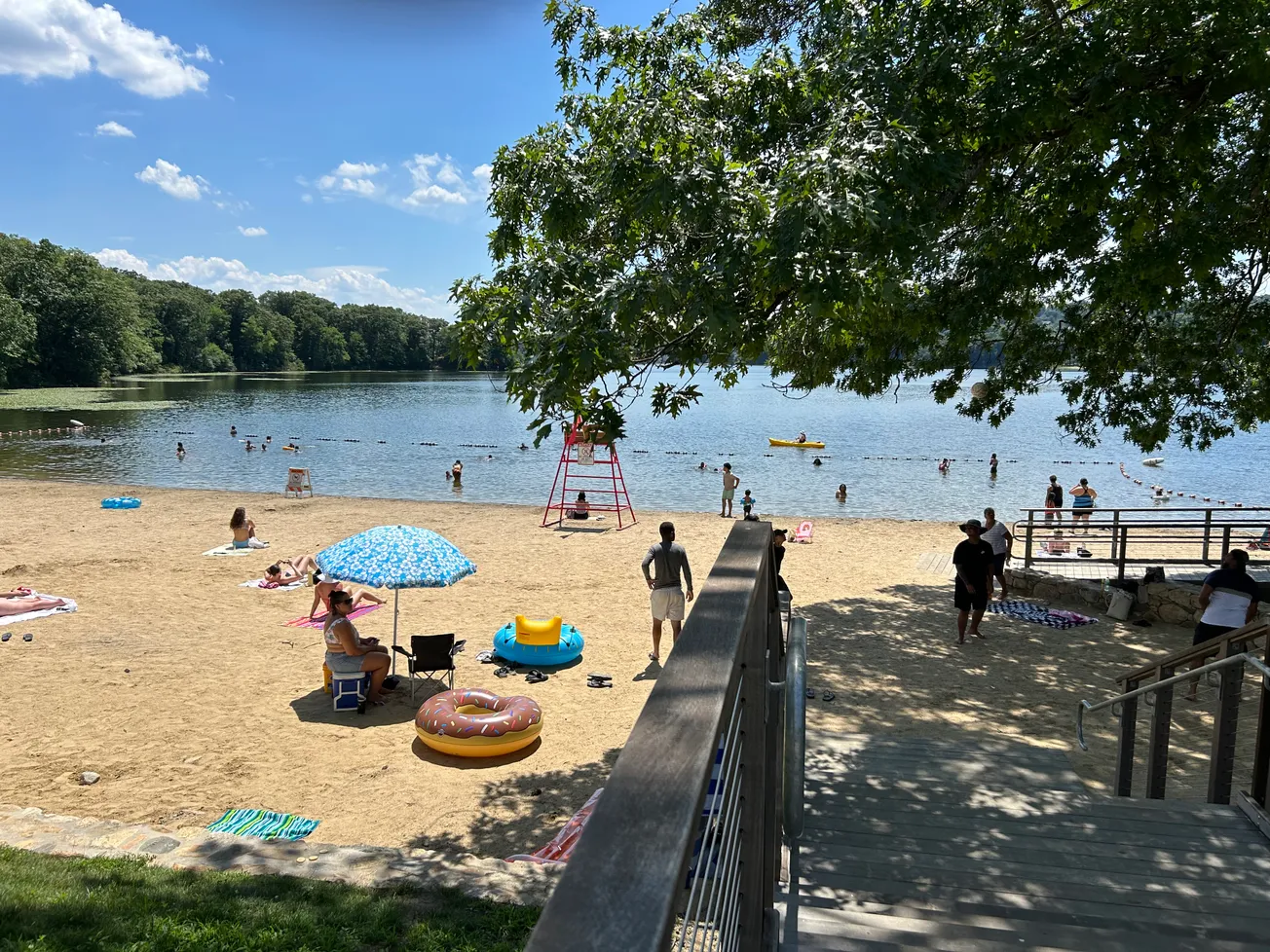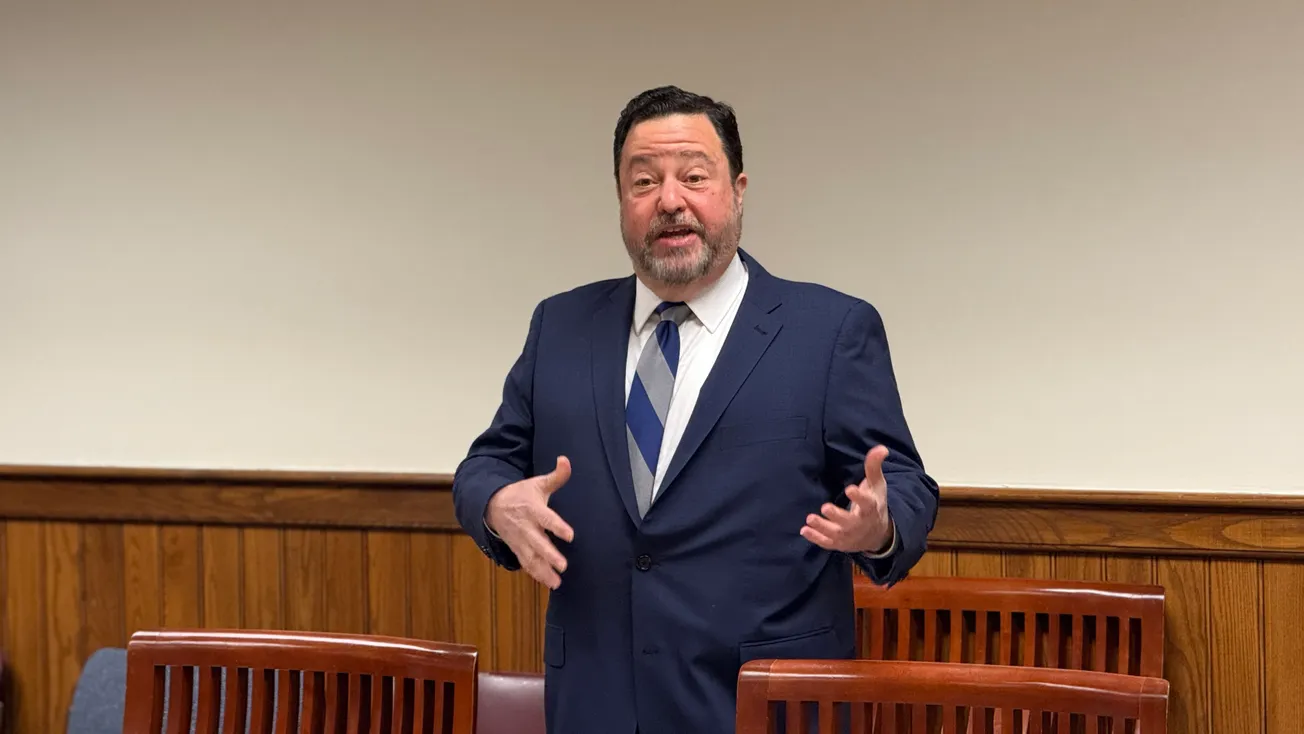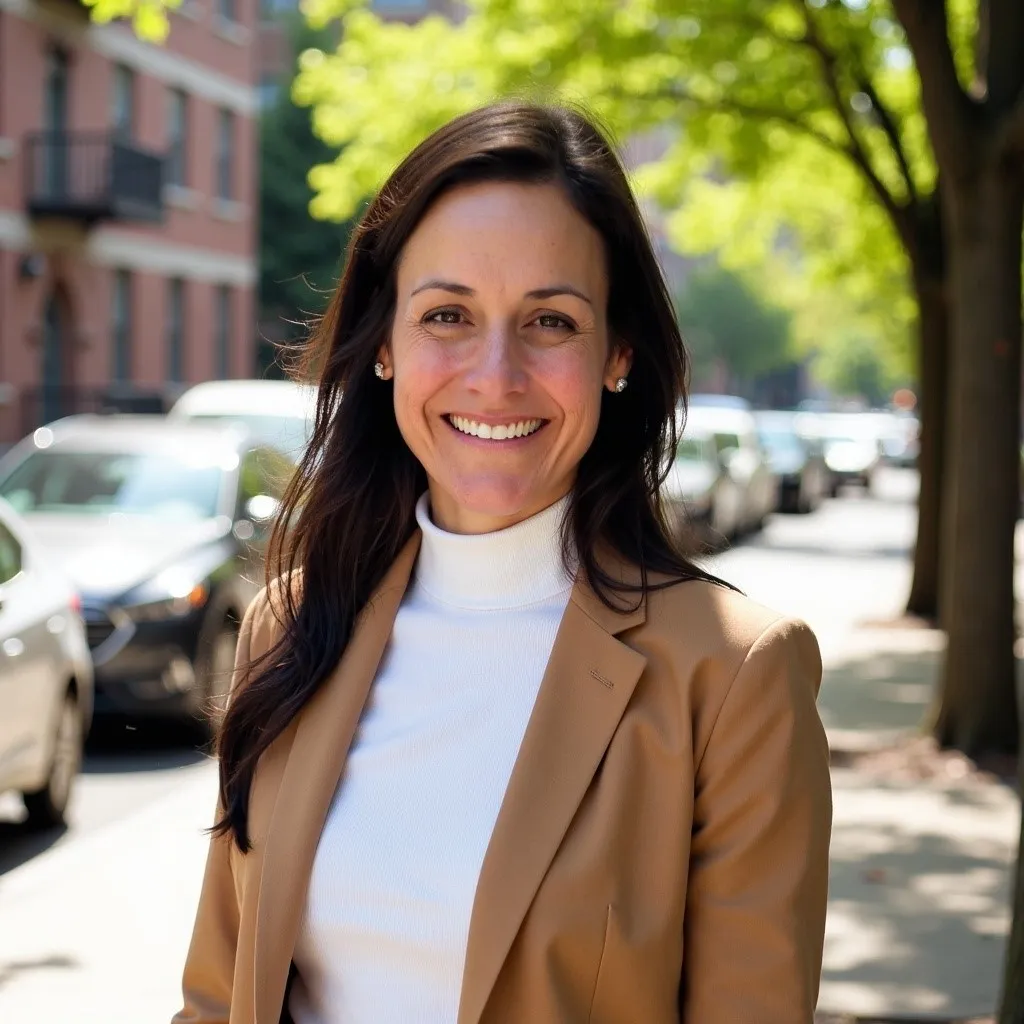Table of Contents
It’s hot! And Winchester residents, like everyone else across the Bay State, are looking for ways to keep cool.
While many are headed to the beach, 29 of the state’s public beaches remain closed to swimmers due to high bacteria counts. Including Shannon Beach.
On a recent day, where temperatures reached 90, people gathered at the beach on the Upper Mystic Lakes. While most weren’t in the water, there were still people swimming, including many kids.
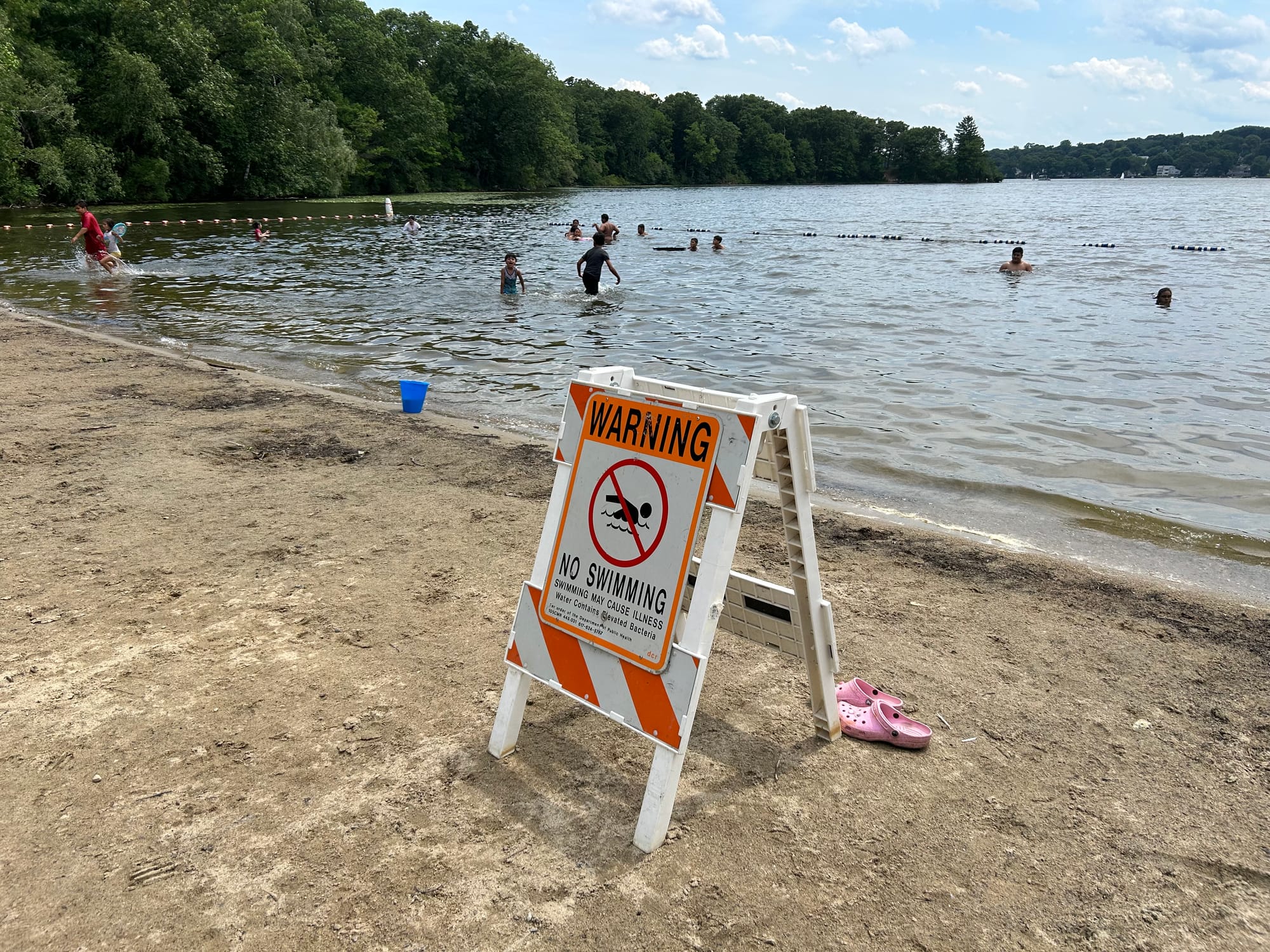
One mother, who did not give her name, said she knows about the problems with the high bacterial count, but let her kids swim because there were so many other children in the water.
One person added the chances of getting sick were low.
A young lifeguard on duty said he warns people about the dangers of swimming at the beach, but the reason people were in the water is because it’s been so hot and there’s nowhere else to cool off.
But state officials say it’s not a good idea to swim in contaminated water.
According to the Department of Public Health, more than 1,100 public and semi-public beaches statewide are tested for bacteria before being allowed to open.
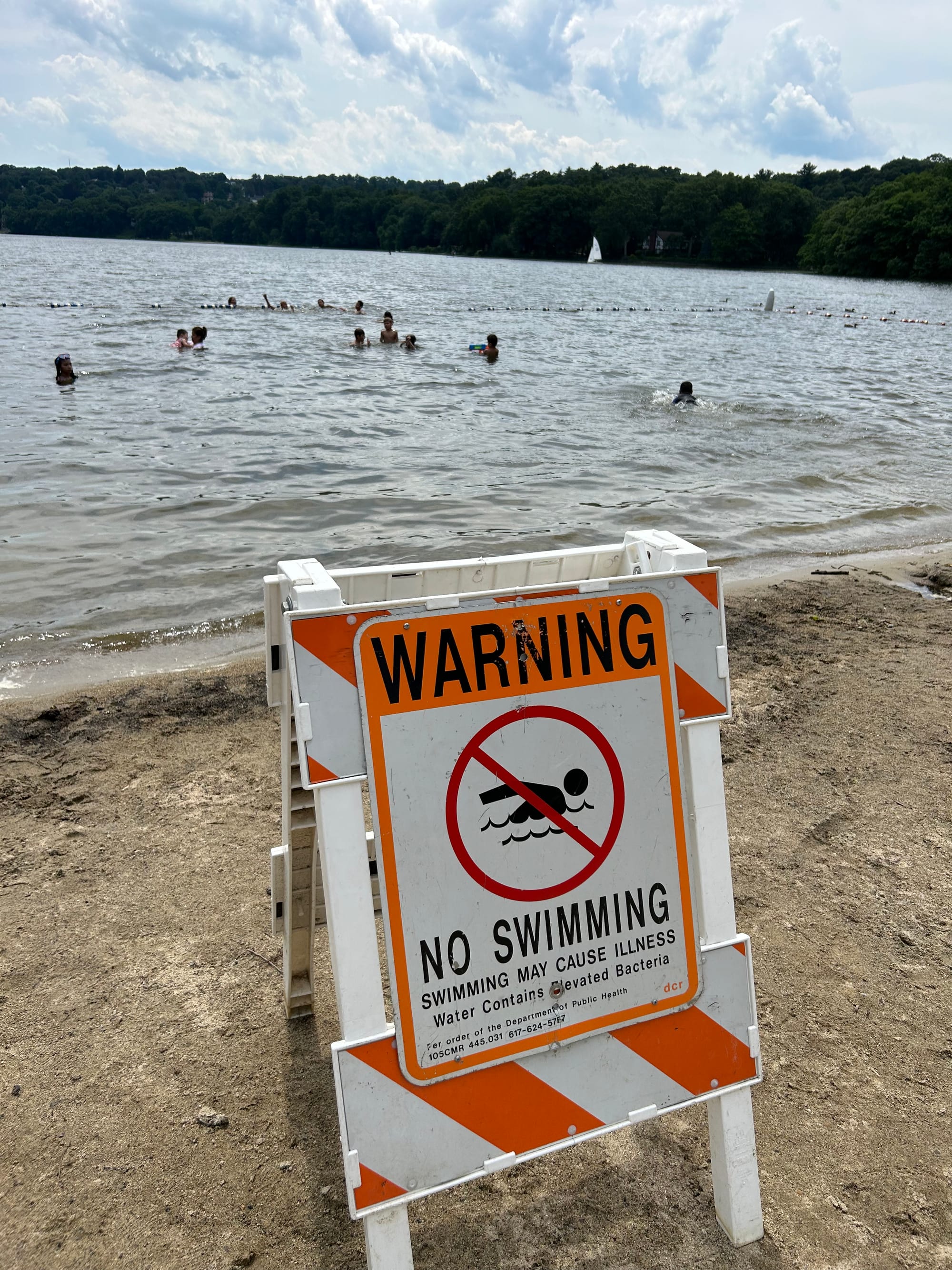
“In the United States, most swim-related illnesses are associated with disease-causing organisms (pathogens) that are linked to fecal contamination,” the DPW website says of why beaches are tested. “To protect public health, the Massachusetts Department of Public Health (MDPH) requires that certain ‘indicator organisms,’ or specific microscopic bacteria that indicate harmful pathogens may be present. This monitoring data helps local health officials determine when to close a beach due to unsafe conditions and to notify the public so that beach visitors can make informed decisions about swimming at the beach.”
The DPH defines “indicator organisms” as those that “share similar characteristics and life cycles as pathogens, disease-causing organisms that can make humans sick,” including pathogens associated with fecal contamination.
“The bacteria used as indicator organisms to test the waters at beaches are Enterococci and E. coli,” the site says. “Marine beaches are tested for the presence of Enterococci. Freshwater beaches are tested either for the presence of E. coli or Enterococci.”
Bacteria in the water
Local health departments as well as the state Department of Conservation and Recreation collect the majority of water samples in Massachusetts. Samples are collected in 3 feet of water at a depth of 12 inches below the surface water and are typically collected anywhere from daily to monthly.
A majority of beaches are tested once a week, but the DCR reports frequency depends on whether or not a beach has water quality issues.
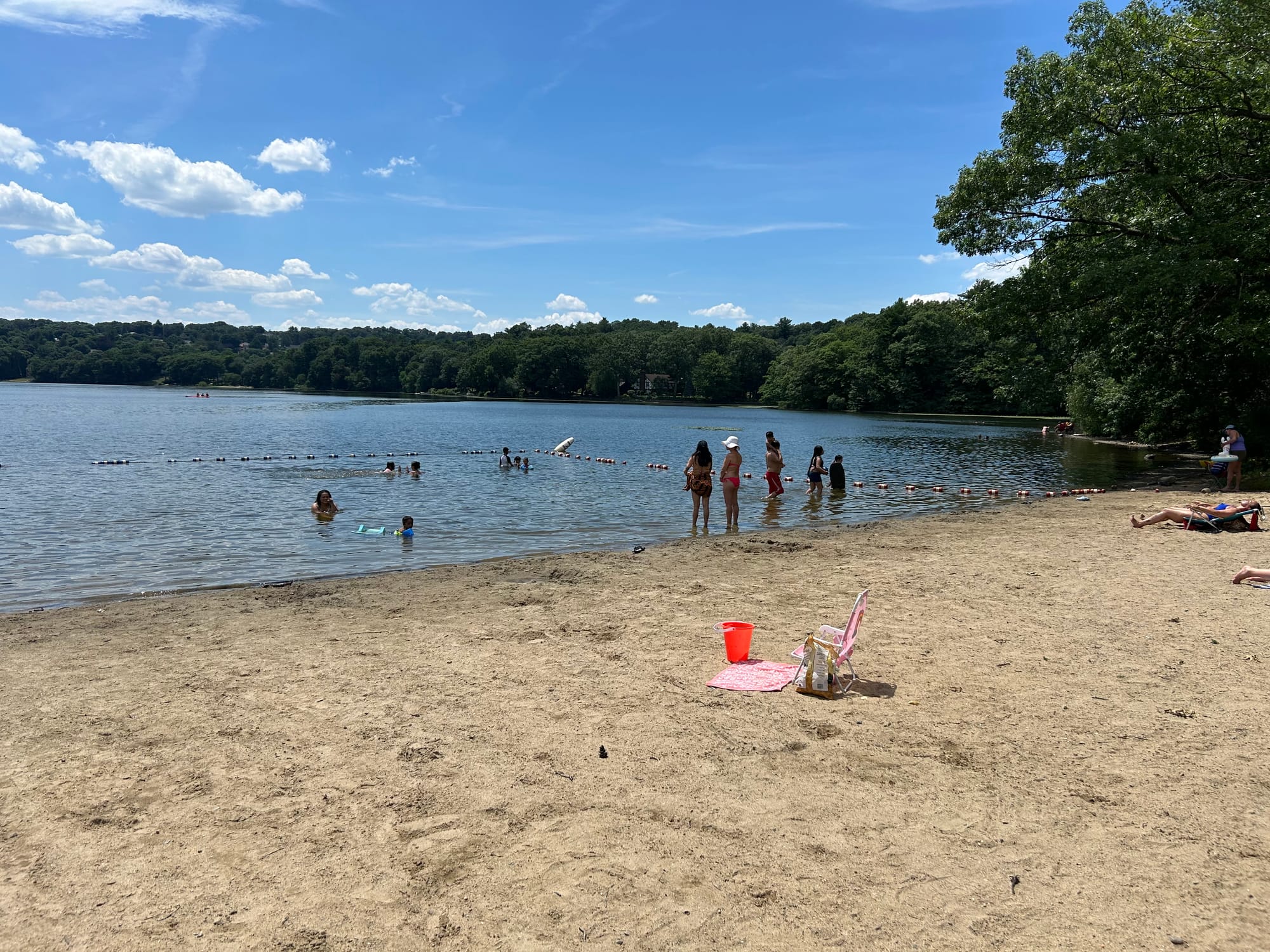
Testing is done at accredited labs and take about 24 hours to perform. If E. coli levels exceed the limits set for beaches, the water is re-tested. If two tests fail, beaches are considered unsafe for swimming.
Beaches can remain closed until test results show the bacteria levels are back to within acceptable ranges for swimming safety.
So where does all this bacteria come from?
Both the DPH and DCR state that bacteria in the water can come from a variety of sources, including the following:
• Stormwater (rain) run-off
• Failing or malfunctioning septic systems
• Combined and sanitary sewer overflows
• Leaking sewer pipes
• Illegal sewer hookups
• Wildlife and pet waste
• Agricultural runoff
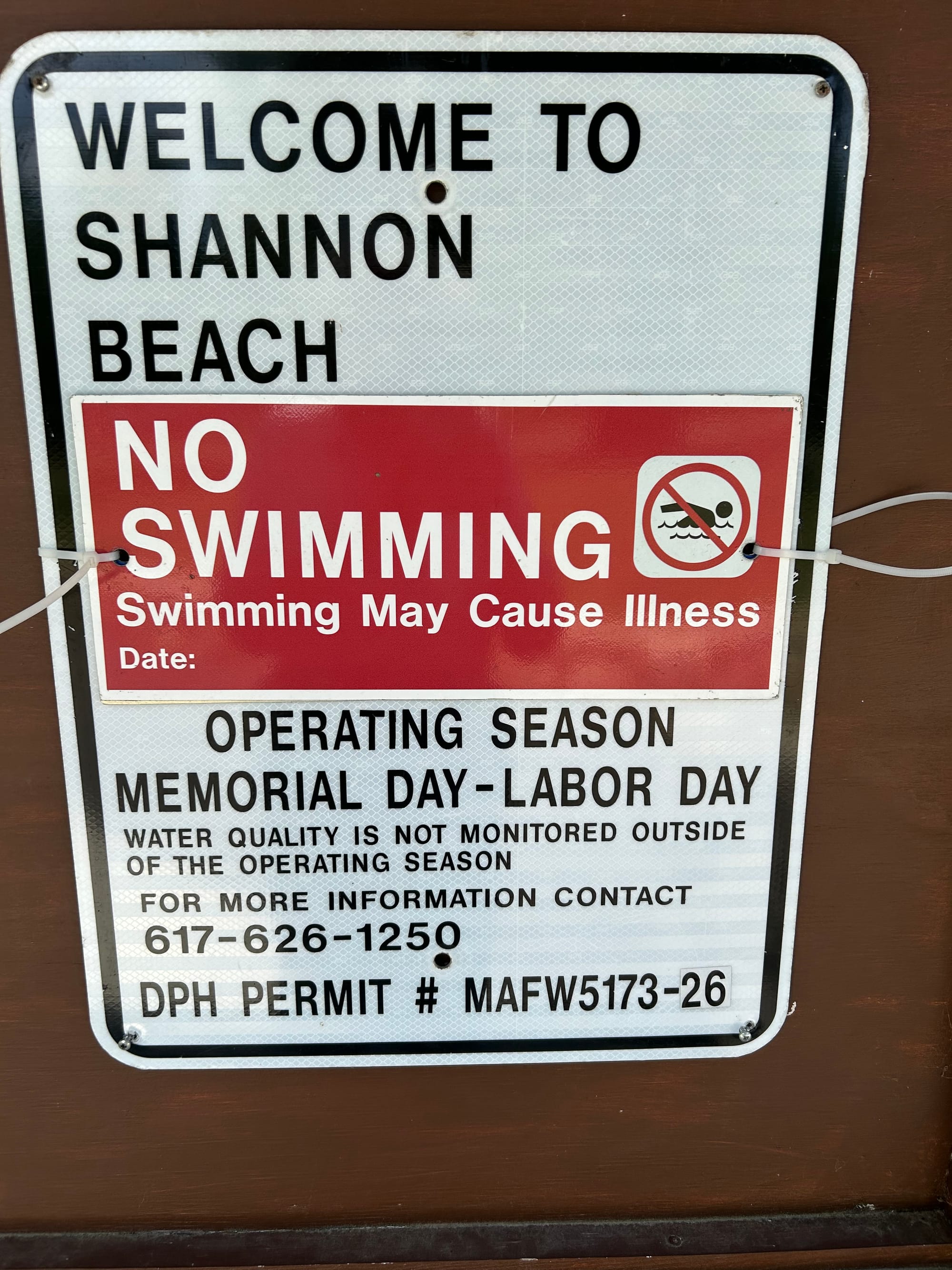
If you don’t feel well
Omar Cabrera, of the DPH, said anyone exposed to contaminated water can experience the following symptoms:
• Gastrointestinal symptoms — nausea, vomiting, diarrhea, and abdominal pain
• Respiratory symptoms — sore throat, cough, runny nose, and sneezing
• Dermatological symptoms — skin rash and itching
• Eye and ear symptoms — irritation, earache, itching
• Flu-like symptoms — fever and chills
Although most symptoms can be minor, more serious illness can occur.
“Children, the elderly, and those with weakened immune systems are at greater risk for illness,” the DPH says.
The DPH goes on to recommend that anyone swimming at a beach that has been closed to swimmers and feels ill after, should see a medical professional.

